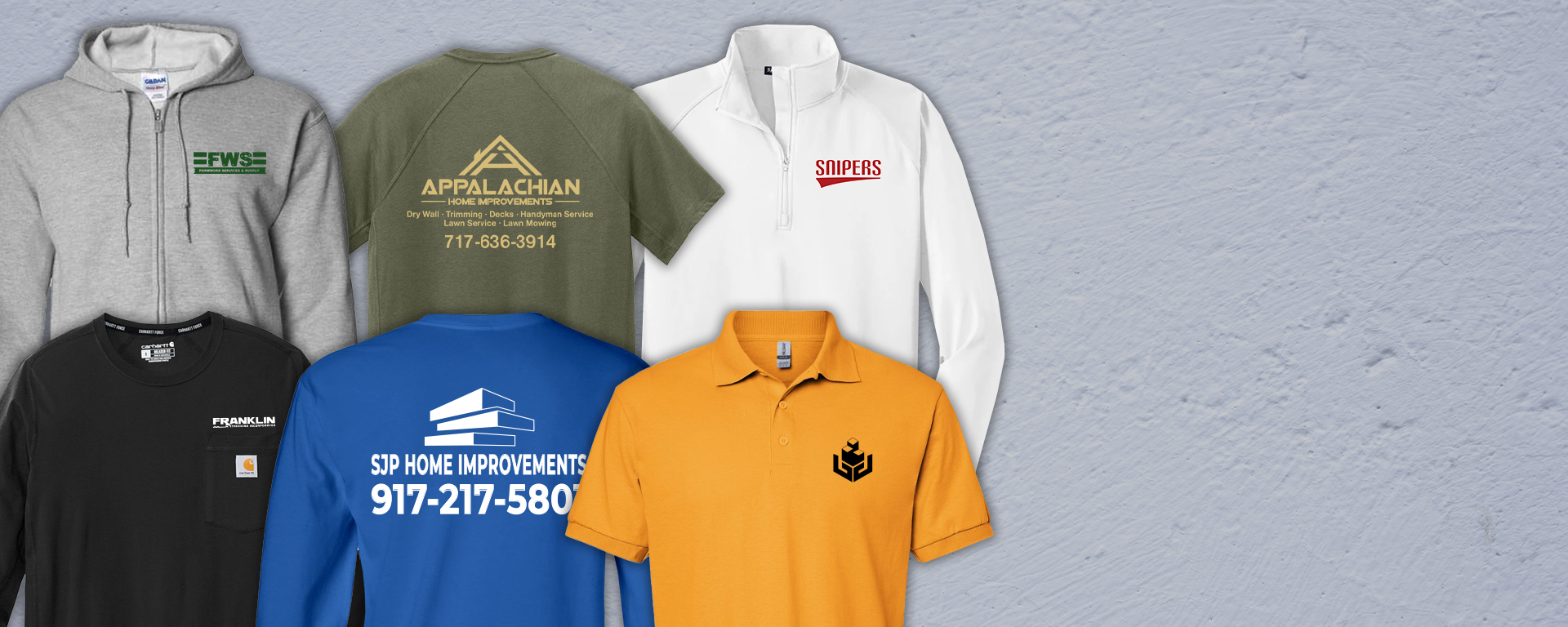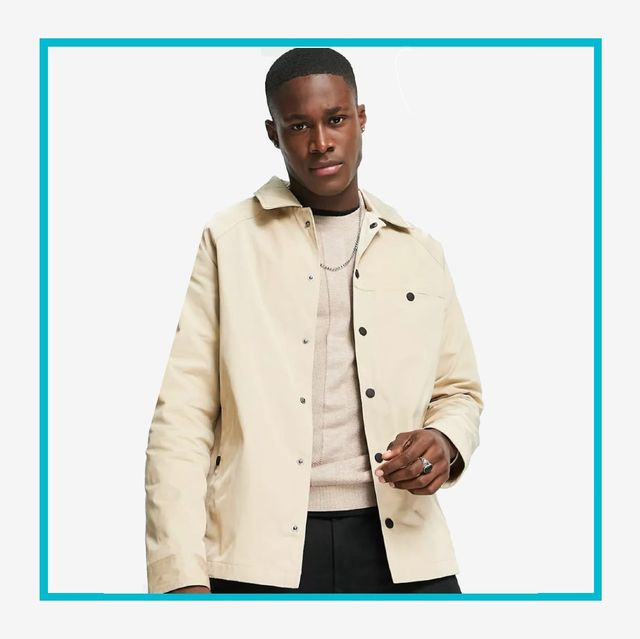Fabric Fit Guide: How to Pick Branded Clothing That Moves With You
Recognizing Clothing: The Relevance of Fabric Options in Your Closet
The selection of material in clothes plays a crucial function in both visual appeals and functionality. Different products use differing levels of resilience, breathability, and convenience, straight affecting the wearer's experience. Understanding these subtleties can improve one's closet substantially. Yet, lots of overlook how these choices can affect not simply individual design, yet also sustainability. What fabric decisions could redefine your wardrobe and align it with both style and duty?
The Duty of Fabric in vogue and Capability

Usual Fabric Types and Their Attributes
When selecting clothes, comprehending the characteristics of common textile types is vital for making educated selections. Cotton, a widely-used natural fiber, is known for its softness, breathability, and flexibility, making it appropriate for casual wear and daily garments. Bed linen, an additional all-natural alternative, boasts exceptional moisture-wicking properties and a distinct structure, ideal for warm climates.Wool, frequently preferred for its heat and longevity, differs in excellence; merino woollen is soft against the skin, while coarser kinds are used for outerwear. Synthetic textiles like polyester and nylon use durability and resistance to creases, making them popular for activewear and traveling garments. Lastly, blends, which integrate all-natural and artificial fibers, can improve performance while preserving comfort. By recognizing these material attributes, people can pick clothes that straightens with their way of living and aesthetic preferences.
Breathability and Comfort: Selecting the Right Fabrics for Different Environments
Picking the best textiles for various climates can greatly boost convenience and overall wearability. Breathable materials are essential in hot climates, as they allow air circulation and moisture evaporation. Fabrics such as cotton, linen, and moisture-wicking synthetics successfully draw sweat far from the body, keeping the user cool and dry. Conversely, in cooler climates, thicker materials like wool or fleece provide insulation while retaining breathability, ensuring warmth without overheating.Additionally, the option of fabric weight plays an important role; lightweight fabrics are more effective for summertime, whereas heavier alternatives are matched for winter wear. Comprehending the special buildings of each fabric makes it possible for people to dress appropriately for varying weather conditions. Ultimately, selecting comfy and breathable textiles tailored to specific climates can significantly enhance day-to-day convenience and boost the overall experience of using apparel.
Longevity and Care: Just How Textile Affects Longevity of Your Wardrobe
Picking the ideal materials can greatly impact the toughness and treatment requirements of a closet. Fabrics such as cotton and polyester are known for their strength and simplicity of maintenance, making them perfect for daily wear. On the other hand, fragile materials like silk and lace need even more cautious handling and specialized cleansing techniques, which can boost the time and effort required for care. Branded Clothing.Durability is additionally influenced by the material's weave and finish; snugly woven textiles tend to stand up to damage much better than loosely woven options. Additionally, synthetic blends frequently supply improved resilience, combining the finest high qualities of numerous fibers.Understanding the care guidelines for each fabric is necessary, as inappropriate washing or drying out can result in early wear. Eventually, choosing durable products can lead to a longer-lasting closet, reducing the frequency of replacements and adding to a much more lasting style option
The Effect of Textile on Fit and Shape

Lasting Textile Options: Making Eco-Friendly Decisions
The influence of fabric expands past fit and shape to incorporate ecological variables, triggering a growing interest in sustainable material selections. Green textiles, such as natural cotton, hemp, and Tencel, are obtaining traction amongst consumers who focus on sustainability in their wardrobes. These materials are typically produced with fewer chemicals and water, lowering their eco-friendly footprint.Additionally, recycled materials, made from post-consumer waste, supply an innovative option to the textile market's contamination problem. Brands significantly welcome transparency in their sourcing methods, allowing customers to make informed decisions about their purchases.Choosing lasting fabrics not just sustains ethical methods but additionally urges the apparel industry to take on even more responsible production techniques. As recognition of environmental problems increases, people are urged to review the lasting impact of their fabric options, fostering a motion towards a much more sustainable and eco aware method to style.
Raising Design: Exactly How Textile Can Transform an Attire
While lots of may concentrate on shade and cut when picking an attire, the option of textile plays an important duty in elevating design and enhancing general appearance. Various materials share distinct moods and messages; as an example, silk shows luxury and refinement, while denim uses a laid-back, kicked back ambiance. The structure and drape of a material can dramatically alter the silhouette, with structured fabrics giving a refined appearance and softer ones developing a more fluid, unwinded aesthetic.Moreover, the weight of the fabric affects wearability across periods. Lightweight fabrics like bed linen and cotton are perfect next for summer, while heavier products such as wool and velvet offer warmth and beauty in chillier months. Comprehending fabric buildings, such as breathability and stretch, also equips individuals to make enlightened choices that boost convenience without jeopardizing style. Eventually, the appropriate textile can transform an attire from average to extraordinary, making it a vital consideration in any closet.
Frequently Asked Inquiries
Just how Do I Determine the Material Web Content of My Apparel?
To determine material content, one can take a look at care labels, conduct burn tests for fiber identification, or get in touch with material swatches. These approaches assist differentiate materials, guaranteeing informed options for clothing treatment and maintenance in everyday wear.
Can Material Selection Affect My State Of Mind or Confidence?
Fabric selection can greatly influence an individual's state of mind and confidence. Branded Clothing. Certain products may stimulate feelings of convenience or elegance, while others can feel unflattering or restrictive, eventually affecting self-perception and emotional wellness throughout the day
What Fabrics Are Ideal for Delicate Skin?
For individuals with sensitive skin, natural materials like linen, cotton, and bamboo are commonly recommended. These materials are breathable, hypoallergenic, and much less likely to trigger irritation, making them suitable selections for comfort and skin health and wellness.
Exactly how Do I Properly Wash and Take Care Of Different Fabrics?
To correctly clean and care for different materials, one need to consider each material's specific needs, consisting of temperature level setups, detergents, and drying methods, ensuring long life and maintaining the fabric's initial high qualities for suitable usage.
Exist Details Fabrics for Athletic or Performance Use?
Sports or performance wear usually makes use of fabrics such as polyester, nylon, and spandex. These materials are developed for moisture-wicking, breathability, and versatility, improving motion and comfort during exercises while providing resilience and assistance. On the other hand, in colder climates, thicker fabrics like wool or fleece supply insulation while keeping breathability, making certain heat without overheating.Additionally, the choice of fabric weight plays an important duty; lightweight fabrics are preferable for summer, whereas larger options are matched for winter wear. In contrast, fragile products like silk and lace need more mindful handling and specialized cleansing approaches, which can raise the time and initiative needed for care.Durability is additionally influenced by the fabric's weave and surface; firmly woven materials have a tendency to stand up to wear and tear much better than freely woven alternatives. In comparison, inflexible materials can restrict motion Continue yet supply a timeless, polished look.Moreover, the thickness and texture of the fabric can affect the visual understanding of body form. The effect of textile expands beyond fit and shape to encompass environmental variables, motivating a growing interest in sustainable textile choices. The texture and drape of a fabric can drastically modify the shape, with structured materials giving a refined look and softer ones producing a much more fluid, loosened up aesthetic.Moreover, the weight of the fabric influences wearability throughout seasons.